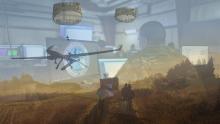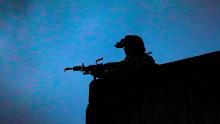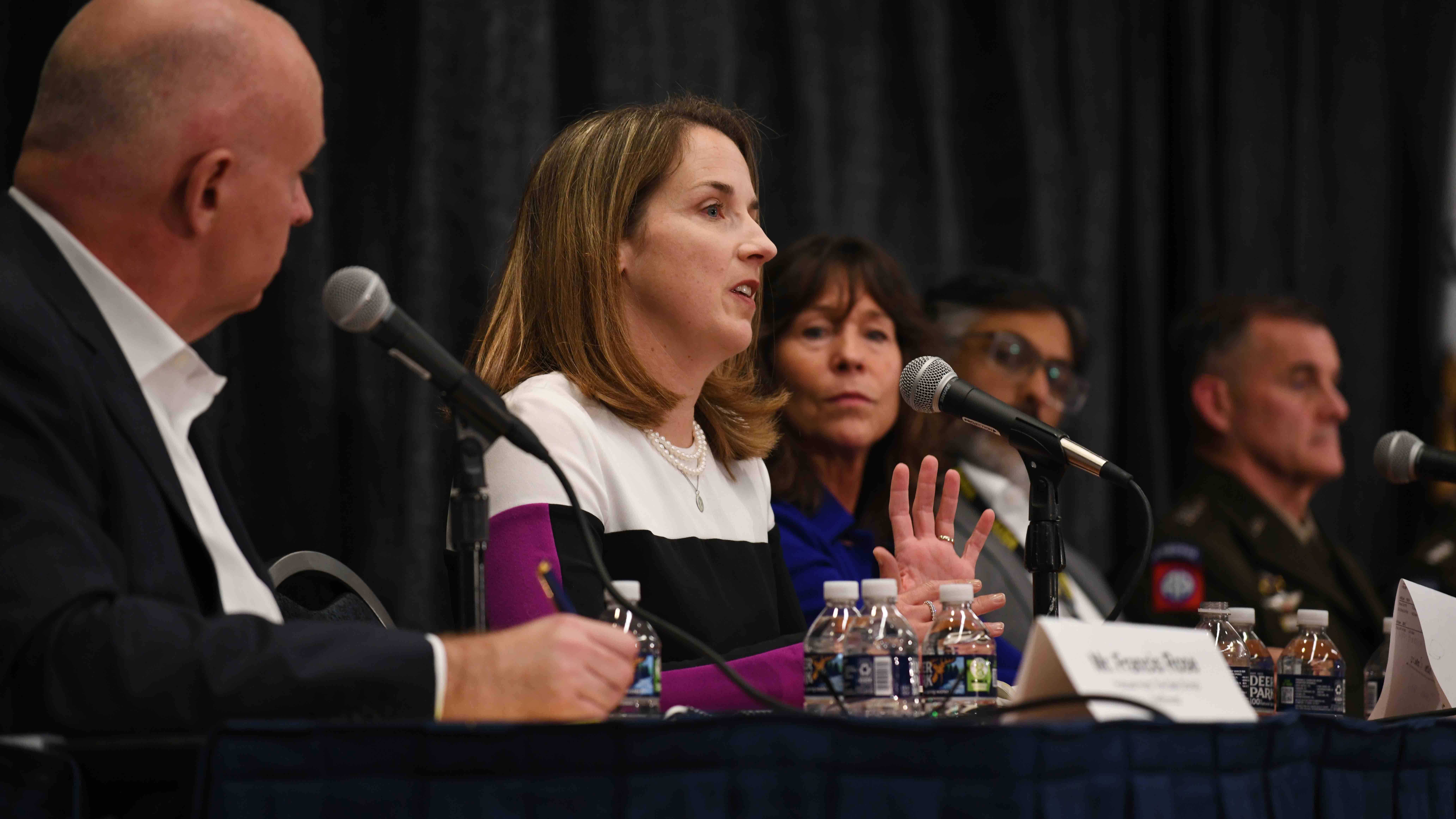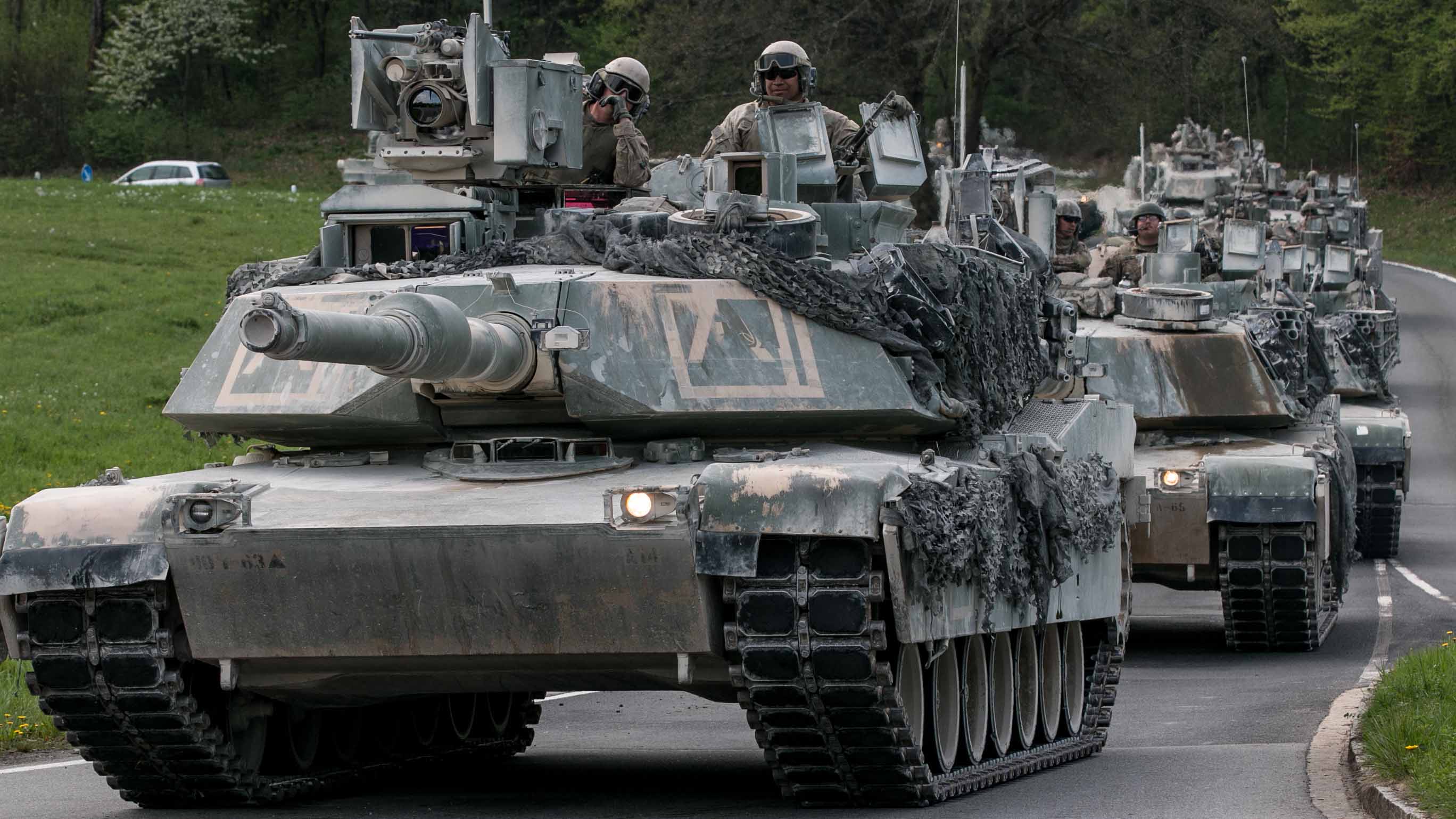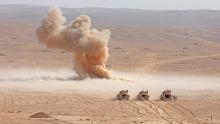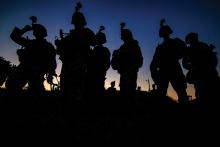Paper: Military Should Adopt New Warfighting Approach
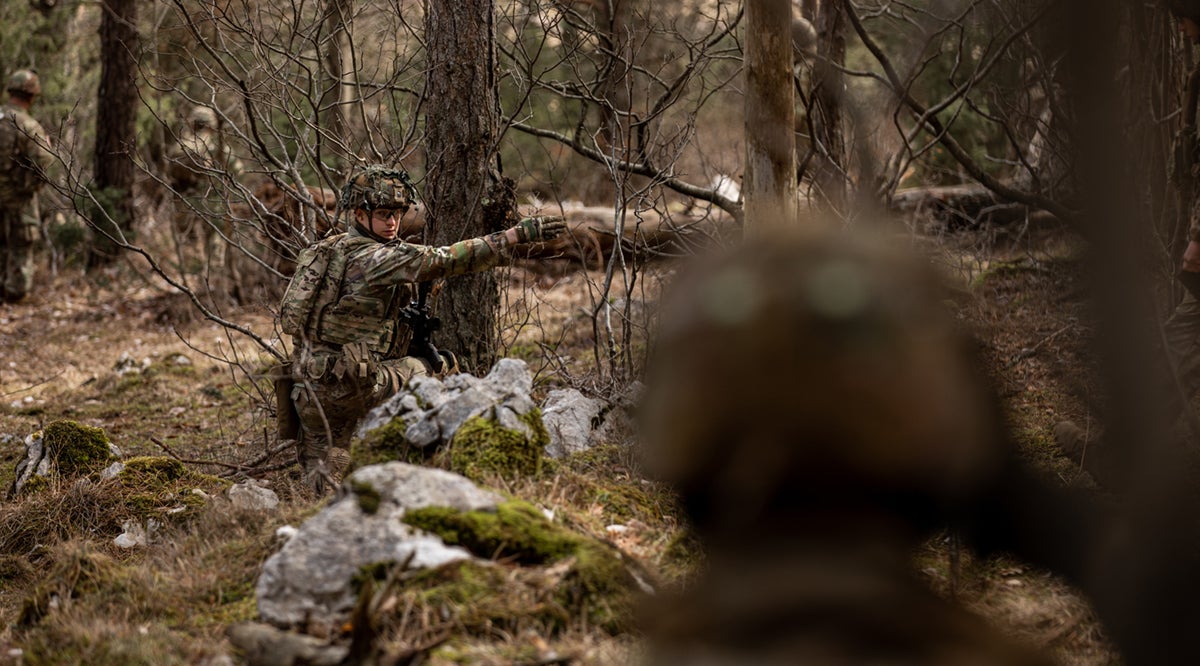
The U.S. military should adopt an updated approach to warfighting, according to a new paper published by the Association of the U.S. Army.
In “Move, Strike, Protect: An Alternative to the Primacy of Decisiveness and the Offense or Defense Dichotomy in Military Thinking,” author Lt. Col. Amos Fox argues that “forces must be optimized” for the move, strike and protect model of conflict.


